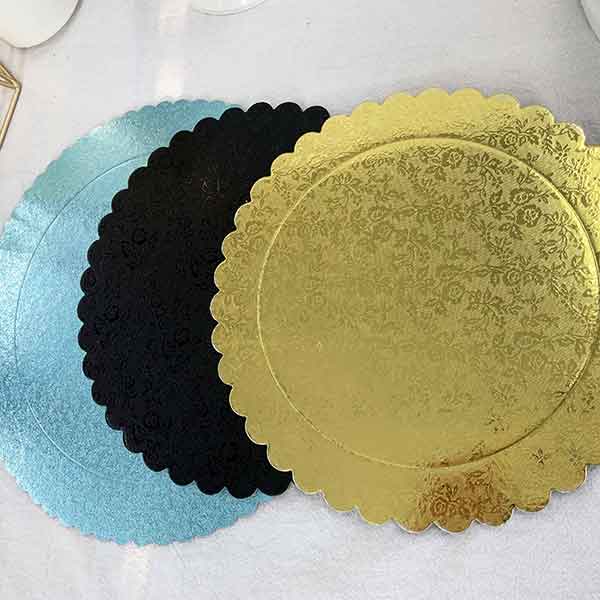In a baking studio, the cake board is a crucial yet often overlooked decorative tool. Whether you're a wedding professional baker or a cake baking enthusiast, choosing the right cake board size not only prevents cake deformation and collapse but also doubles the presentation of the finished product, creating a double enjoyment for both the eyes and the palate. This article will help you thoroughly understand the core secrets of cake board size selection, covering aspects such as the logic of size selection, suitable scenarios, and practical techniques.
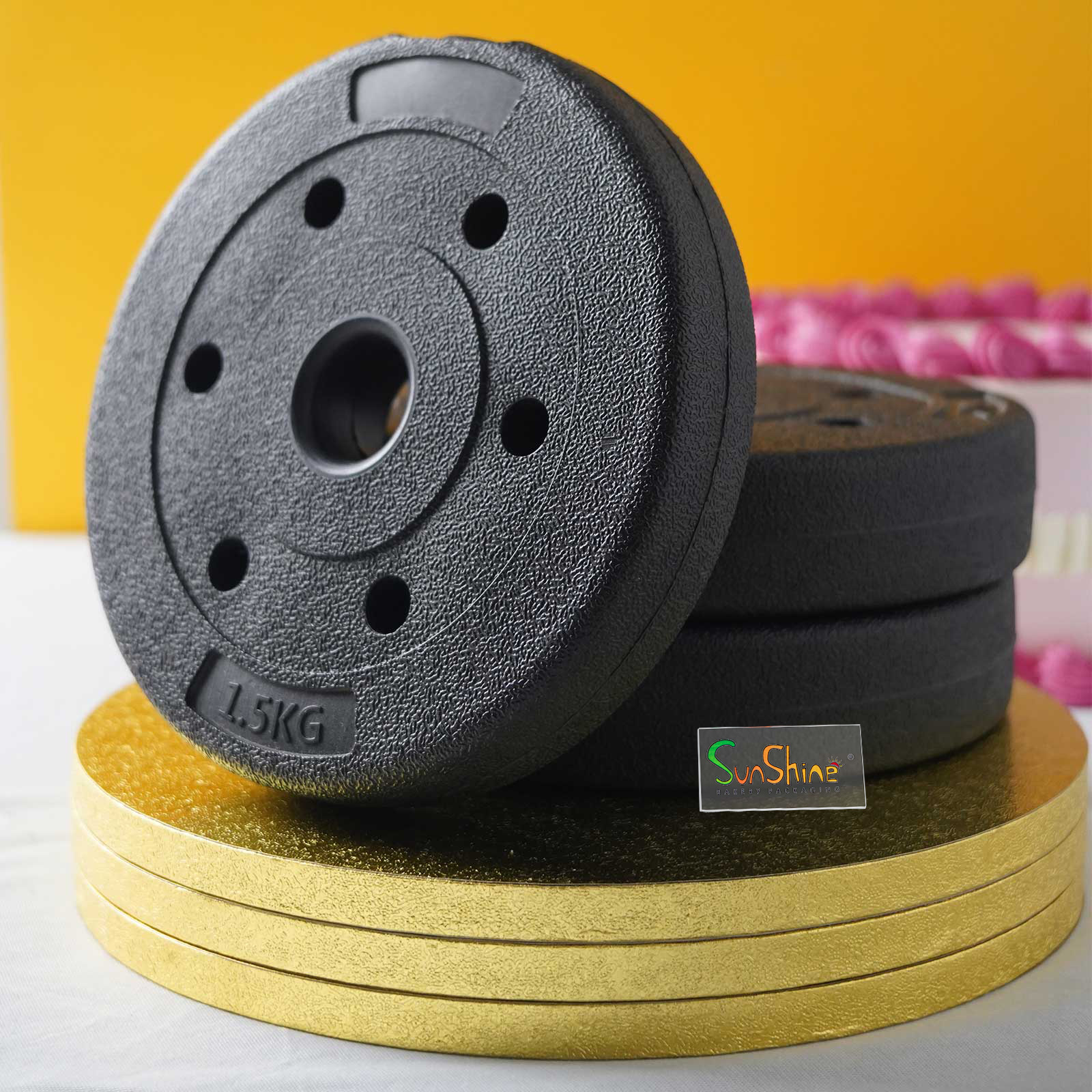
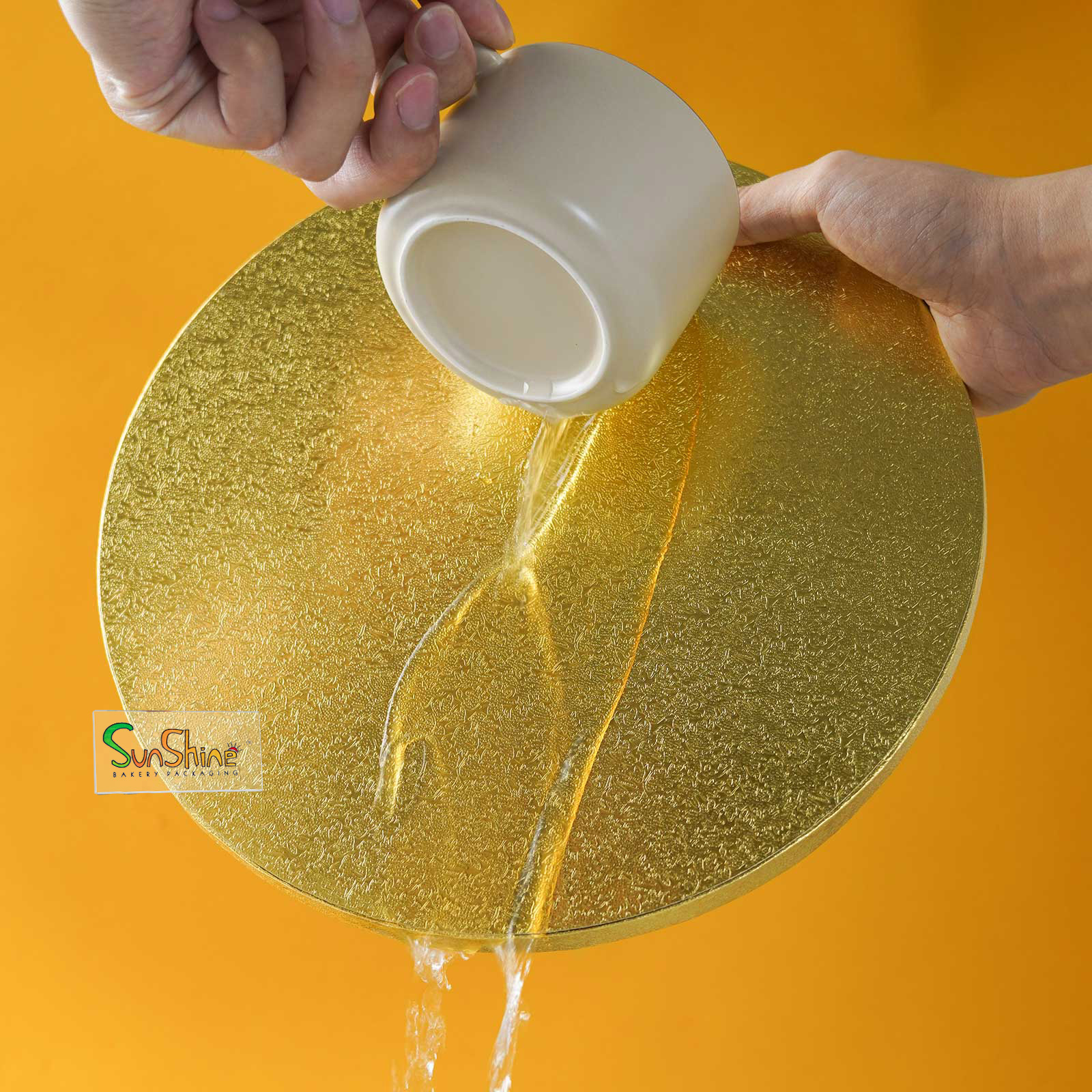

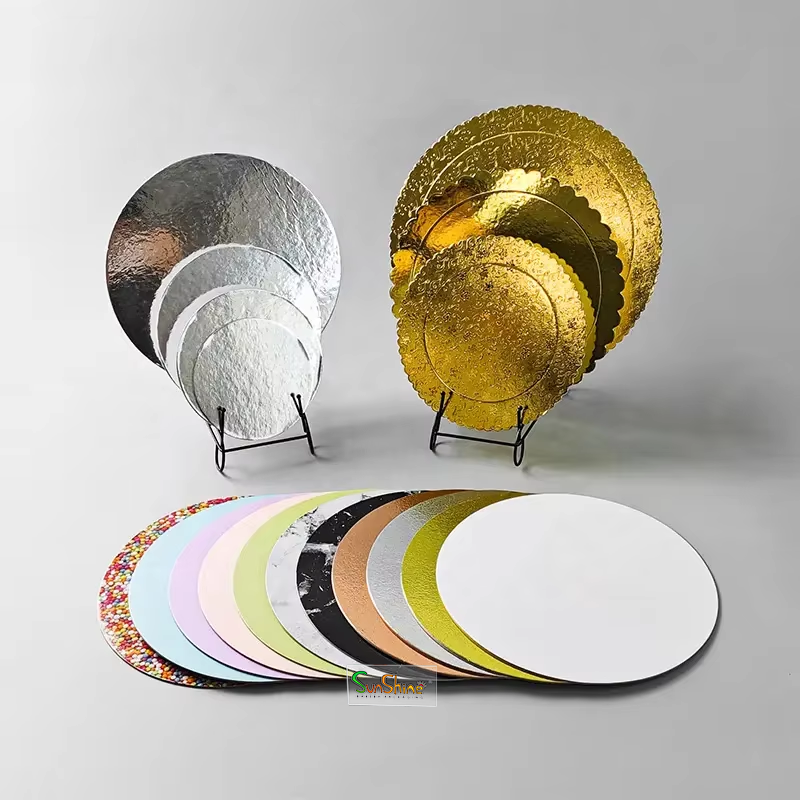
I. Why Can't You "Imagine" the Size of Your Cake Board?
The purpose of a cake board is to support the weight of the cake, facilitate transfer and decoration, and make transportation easier. Choosing the wrong size will directly affect the baking results: if the size is too small, the cake edges will be exposed and easily broken, and the cream decorations will easily smudge on the table; if the size is too large, it will not only waste materials but also make the cake look small and disrupt the overall visual balance, becoming somewhat overwhelming. Especially for wedding cakes, heavy layer cakes, party cakes, or mousse cakes, an unsuitable base size can cause them to collapse during transport, ruining all the careful preparation.
In professional baking, the base size directly relates to the cake's "refinement"—for example, the multi-layered structure of a wedding cake requires each layer to be precisely matched to the base size to achieve a distinct, stable, and elegant effect; while for small afternoon tea cakes, a suitable base allows for a more compact presentation, highlighting the cake's details and texture. Therefore, choosing the right size isn't about being overly meticulous, but rather a crucial step in successful baking.
II. How to Match the Cake Base Size?
The core principle for choosing the cake base size is: the base diameter should be 2-4 cm or about 1 inch larger than the actual diameter of the cake. This range balances stability and aesthetics, suitable for most occasions. Specific adjustments can be made based on the cake type, number of layers, and decoration requirements:
1. Single-Layer Basic Cake (6-10 inches): For everyday home baking of single-layer cakes, the base size should be 2 cm larger than the cake itself. For example, a 6-inch cake with an 8-inch base, or an 8-inch cake with a 10-inch base, provides stable support without appearing obtrusive due to excessive size. This is suitable for birthdays, small parties, etc.
2. Multi-Layer Cakes (2-4 Layers): Multi-layer cakes require stronger load-bearing capacity. Each layer's base should be 3-4 cm larger than the layer above. For example, a 10-inch base with a 13-inch base, an 8-inch base with an 11-inch base, and a 6-inch base with a 9-inch base. This size difference creates a natural sense of layering and distributes the weight of each layer, preventing the bottom layer from deforming under pressure.
3. Special Types of Cakes: For soft cakes like mousse and cheesecake, a base 3 cm larger than the cake is recommended. The extra width provides more support and prevents collapse during cutting or transfer. For cakes with intricate frosting or decorations, a 4 cm larger base can be chosen to allow space for the decorations and prevent them from being squeezed.
4. Mini Cakes/Cupcakes: The base for this size is smaller and thinner, approximately 1mm thick. However, the dimensions must still match; the diameter or edge size should be 1.5cm larger than the cupcake or mini cake. This size makes the cake look more aesthetically pleasing and prevents hands from touching the cake.
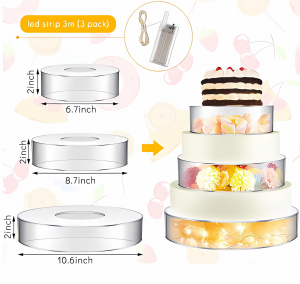
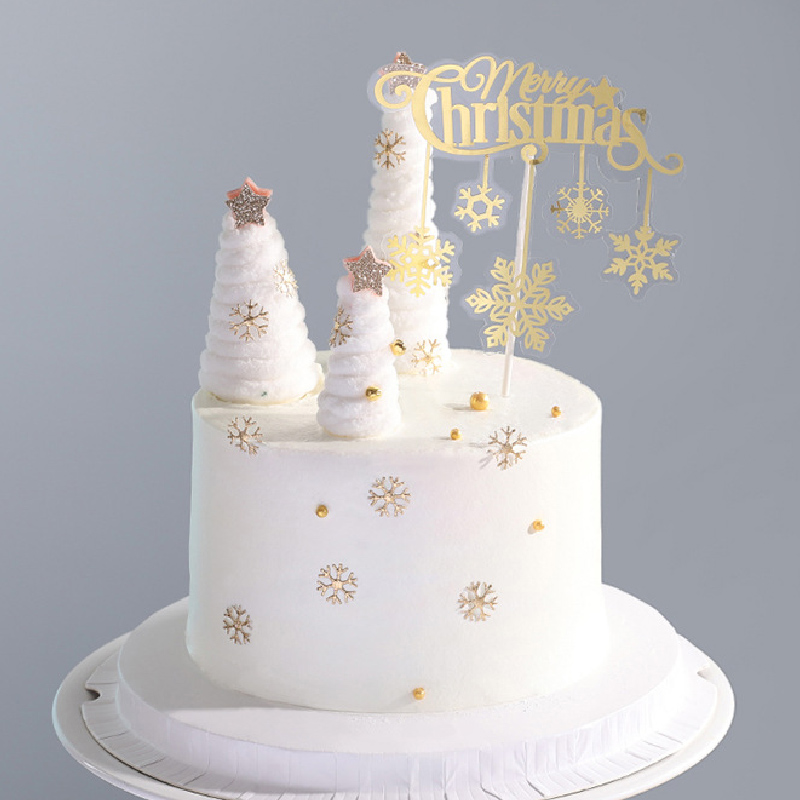
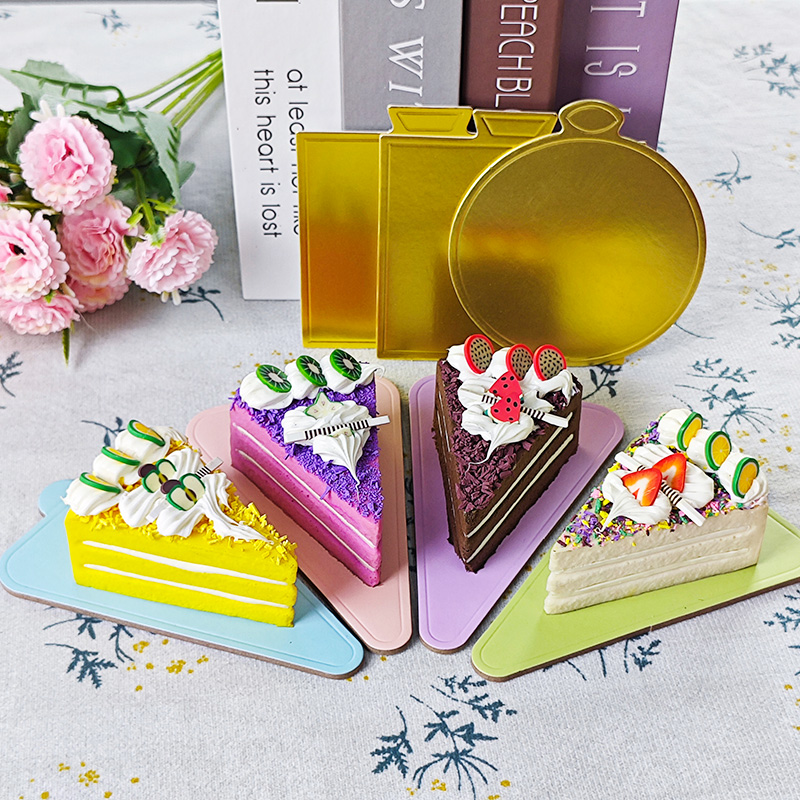
III. Size Recommendations for Different Scenarios: Choosing the Right Size is More Efficient
Besides the core formula, different usage scenarios require different base sizes. Here are precise recommendations for common scenarios:
• Home Baking: Primarily for 6-8 inch cakes. Choose a round base 2cm larger than the cake. Paper or thin cardboard are good options; they offer good value, are easy to cut, and are suitable for everyday consumption and simple decoration.
• Commercial Sales/Custom Cakes: Commercial scenarios require a balance of aesthetics and practicality. It's recommended that the base be 3cm larger than the cake. For example, an 8-inch custom cake uses an 11-inch base, allowing space for labels and ribbons, while also enhancing the product's sophistication and increasing customer desire.
• Wedding/Large Celebration Cakes: For multi-tiered wedding cakes, it's recommended that the base be 4 cm larger than the top tiers. The bottom tier should be made of thickened cardboard or wood to enhance load-bearing capacity. For example, a 12-inch base cake with a 16-inch thickened base ensures a stable multi-tiered structure suitable for long-distance transport and on-site display.
• Outdoor Picnic/Portable Cakes: For portable cakes, choose a base with a 2 cm size difference, paired with a transparent cake box. This saves space and prevents the cake from shifting during transport, making it ideal for sharing.
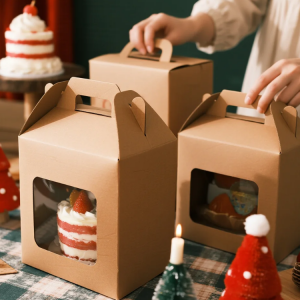
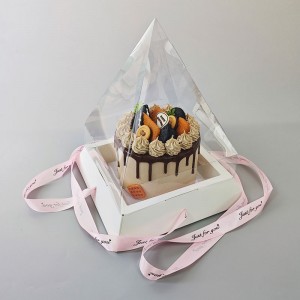

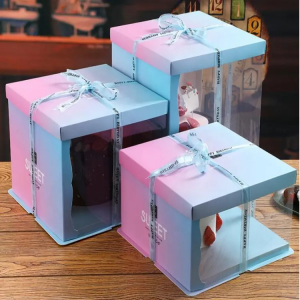
IV. Practical Tips: 3 Details for More Accurate Size Selection
1. Measure the Actual Cake Size: When measuring the cake diameter, measure from the widest point, excluding the frosting rim, to avoid measurement errors leading to an unsuitable base size. For irregularly shaped cakes (e.g., square, heart-shaped), measure the longest and widest sides, with the base size 2-3 cm larger than the longest side.
2. Allow extra space for decoration: If you plan to add 3D piping, sugar pearl decorations, or edging to the cake's edge, it's recommended to allow 1 cm extra space in the base plate size to prevent decorations from extending beyond the base plate and affecting the plating effect.
3. Stacking base plates for multi-layered cakes: The base plate of a multi-layered cake should be larger than the base plate above it, with the bottom base plate being at least 2 mm thick, and the top base plate only 1-1.5 mm thick. This ensures stability without making the cake appear bulky due to an excessively thick base plate.
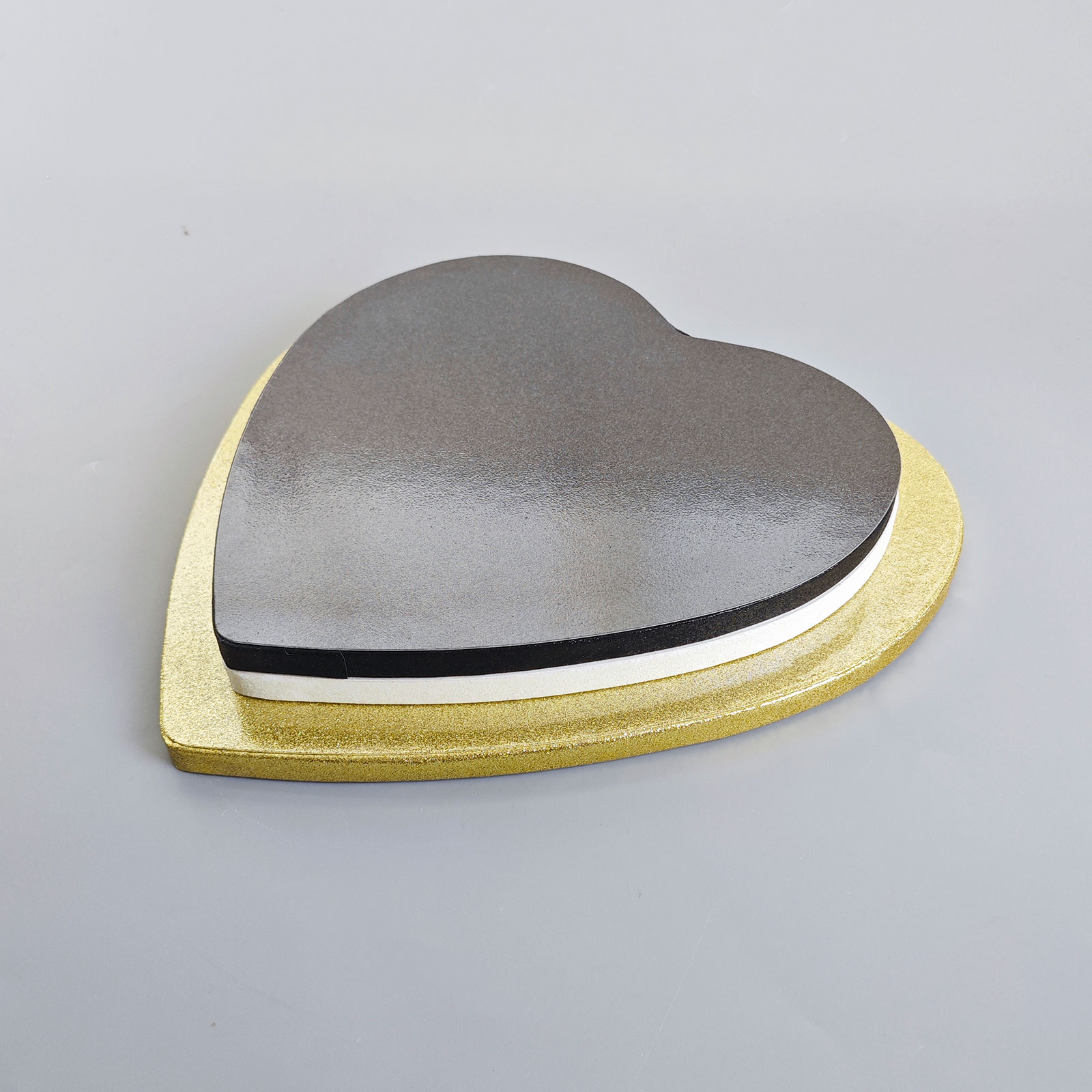
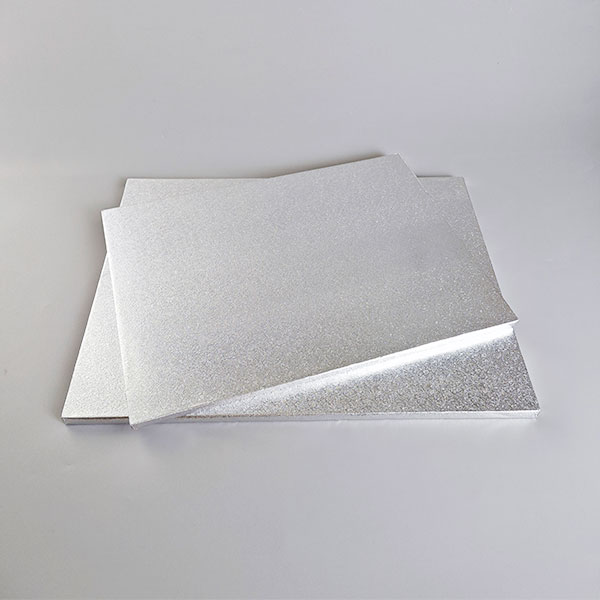

V. Common Misconceptions: Avoid These Size Selection Errors
• Misconception 1: Base plate size matches the cake size. A perfectly matching size will leave the cake edges unsupported, making it prone to breakage during transport and preventing edge decoration.
• Misconception 2: Pursuing "bigger is more stable." An overly large base plate will make the cake appear small and flimsy, waste packaging materials, and increase transportation costs.
• Misconception 3: Ignoring the matching of base plate material and size. Large cakes (12 inches and above) will deform under weight if paired with a thin paper base, even if the size is correct. A thicker cardboard or wooden base is necessary.
Choosing the right cake board size is the "last mile" of baking creation and a key step in elevating its quality. Following the core principle of "2-4 cm larger," and considering the cake type, the occasion, and the decorating plan, you can accurately select the appropriate size. Whether for home baking or commercial creation, a suitable cake base will make your work more professional, more beautiful, and the center of attention.
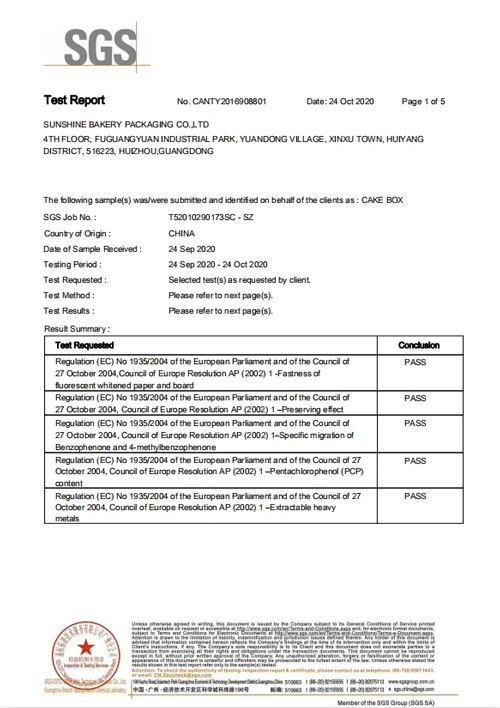
SGS
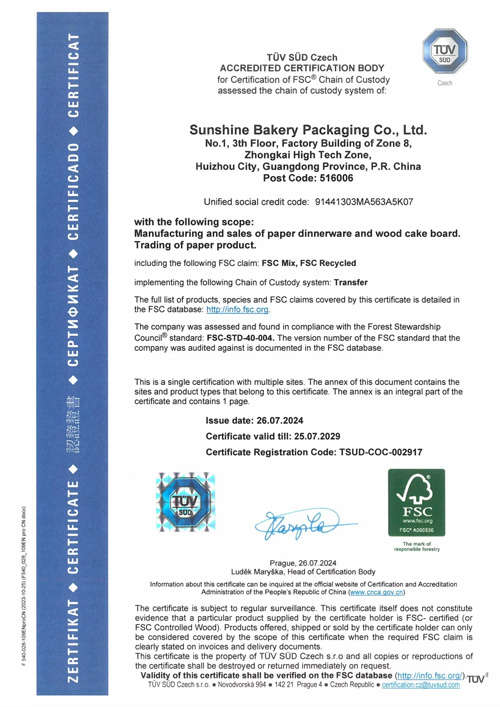
FSC
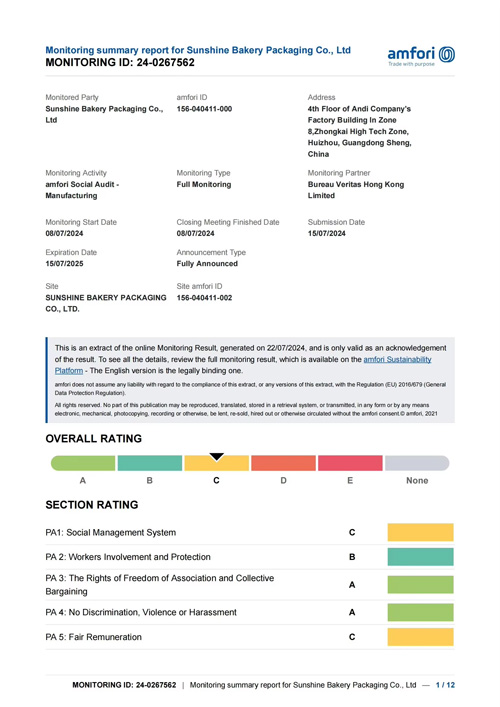
BSCI
How to calculate the difference between cm and inch:
20.32cm = 8 inches, the formula is 8 x 2.54 = 20.32cm. Suppliers generally choose 20cm.
25.4cm = 10 inches, the formula is 10 x 2.54 = 25.4cm. Suppliers generally choose 25cm.
30.48cm = 12 inches, the formula is 12 x 2.54 = 30.48cm. Suppliers generally choose 30cm.
35.56cm = 14 inches, the formula is 14 x 2.54 = 35.56cm. Suppliers generally choose 35cm.
The selection method is the same for square and round shapes, but square shapes are less popular than round shapes. Most customers choose round shapes and add a small decorative detail to the edges. The market is increasingly favoring smaller mousse cakes. In this case, round, square, rectangular, and heart-shaped cakes will be more important because they have small handles and are more versatile, thus requiring a slightly higher minimum order quantity.
If you need to customize the base size solution according to the specific size of the cake, or want to know the applicable scenarios of different base materials, please contact us. sunshine cake board chinese manufacturer customizes the size you want.
Related Products
Post time: Nov-01-2025


